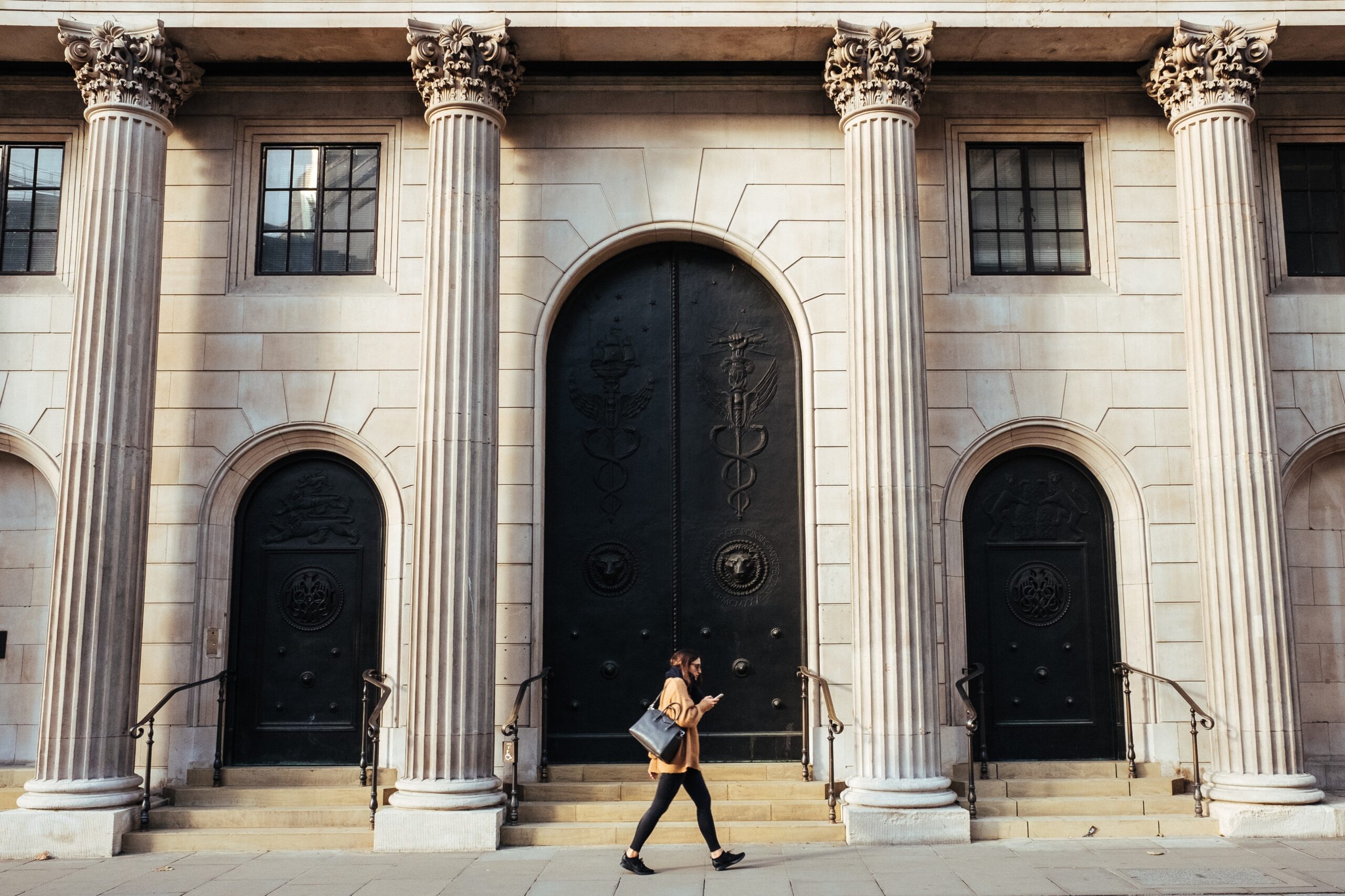How do banks make money?
They perform many different functions, but it comes down to this: They take your money as deposits and lend it to others for interest. They give you a (usually pretty small) percentage of the interest they receive from the loans and pocket the difference.
That’s essentially what MakerDAO does—it facilitates the lending and borrowing of cryptocurrencies. But unlike banks, MakerDAO is a decentralized autonomous organization (DAO) in which users—rather than a central authority—manage the protocol.
In this article, you’ll learn how MakerDAO works, how it is governed, and how you can lend or borrow assets.
How Does MakerDAO Work?
MakerDAO uses two types of tokens: Dai and Maker (MKR). Dai is a stablecoin that is pegged to the US dollar and backed by a range of assets, including Ethereum (ETH), USD Coin (USDC), and Gemini Dollar (GUSD).
MKR, on the other hand, is a governance token that allows holders to vote on changes to the MakerDAO protocol. MKR also plays a crucial role in keeping the value of DAI stable—its supply is increased or burned depending on how much the value of DAI fluctuates from the dollar.
To borrow DAI, you must deposit ETH or any approved Ethereum-based asset as collateral into smart contracts called Maker Vaults. Once the vault is collateralized, you can borrow Dai against it. Dai is always overcollateralized, which means you have to put up more collateral than the amount of DAI you’ll receive.
After creating a vault, you must repay the DAI you borrowed plus a stability fee. The stability fee is like the interest you pay the bank for a loan; the longer your loan lasts, the higher the stability fee. You must pay the stability fee in DAI whenever you pay down or pay off your loan.
Your collateral remains locked in the vault until you repay part or all of your loan. If the value of your collateral falls below a certain threshold within the duration of the loan, the protocol sells your collateral in order to repay your debt.
Once you have DAI, you can lend it to liquidity pools or directly to borrowers. Alternatively, you can save it, just like at a bank. You can deposit Dai into a smart contract called the DAI Savings Rate (DSR)—like a savings account. As of March 2023, it accrues 1% interest.
Why Use MakerDAO?
What is the point of locking up more assets as collateral than the funds you borrow? Well, if you borrow Dai, you get access to a US dollar-pegged stablecoin without having to sell your ETH or Ethereum-based assets. You could then move it to a yield farm or lending platform that offers higher yields on stablecoins than on ETH itself.
Moreover, the use of blockchain makes MakerDAO more transparent than a bank. The transactions are executed through smart contracts and there’s no intermediary involved. And even when your collateral is locked up in vaults, you are still in control since vaults are non-custodial, so that you can effectively be your own banker.
Finally, MakerDAO is available to anyone with an internet connection. So even individuals without access to traditional banking can lend and borrow assets. The downside is that you can’t borrow in fiat currencies, meaning you may need to convert any borrowed assets into a traditional currency in order to use them.
What About the Safety of Assets?
You trust your bank to keep your funds safe. But MakerDAO operates as a trustless system with smart contracts. To mitigate against vulnerabilities, MakerDAO has undergone third-party audits. MakerDAO smart contracts store and manage large amounts of data related to the system’s collateral, debt, and other parameters.
To avoid data corruption, MakerDAO uses Merkle trees. A Merkle tree is a data structure that allows large amounts of data to be efficiently organized and verified. In MakerDAO, each piece of data is hashed and added to the Merkle tree, along with its corresponding hash from the layer above. This creates a chain of hashes that can be used to verify quickly that the data has not been tampered with.
Who Runs MakerDAO?
Danish entrepreneur Rune Christensen founded MakerDAO in 2014 and the protocol officially launched on the Ethereum network three years later. In the early days, the Maker Foundation was primarily responsible for making decisions and developing the platform. But it gradually helped MakerDAO become self-sufficient and the foundation was dissolved in 2021 to make MakerDAO fully decentralized.
Now, the MKR token holders—the protocol’s users—run the DAO, making decisions about hiring, interest rates, and which assets to accept as collateral, among other things.
Recognized delegates receive MKR tokens from holders (delegators) and vote on their behalf. As of August 2022, decentralized finance-focused firm GFX Labs, Penn Blockchain, JustinCase, and Flipside Governance were some of the recognized delegates with considerable voting power.
What Blockchains Does MakerDAO Work On?
MakerDAO was built on Ethereum, but the DAO approved a plan to expand to multiple blockchains in 2021. Accordingly, in April 2022, MakerDAO started rebuilding on StarkNet, the zero-knowledge (ZK) layer sidechain. In November 2022, MakerDAO expanded to Ethereum scaling networks Arbitrum and Optimism. The DAO is also exploring other potential blockchains to expand to, such as Polygon, Fantom, and Avalanche.
The Future of MakerDAO
MakerDAO has long been one of the foremost DeFi platforms, with billions of dollars locked into the protocol. DAI is also the fourth-largest stablecoin by market cap, worth over $5 billion as of March 2023.
With its focus on decentralization, accessibility, and transparency, MakerDAO has the potential to revolutionize how we think about lending and borrowing. And its multichain expansion plans could increase its potential even further.



